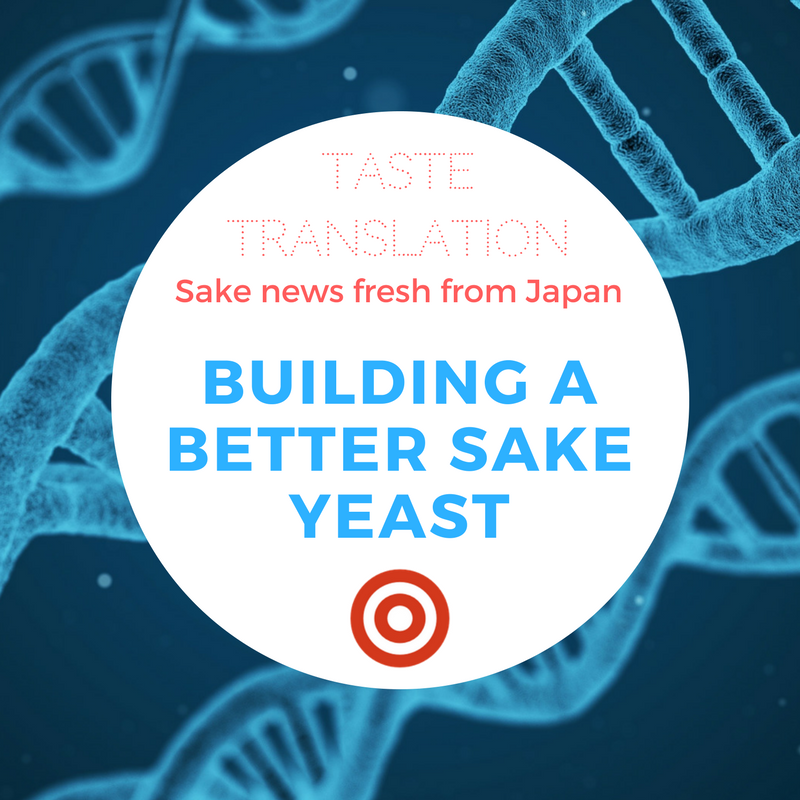
Another story that appeals to several of my interests, this time genetics!
Saga University reports on a paper by a group of professors researching sake yeast, where they elucidate the secrets behind hundreds of years of selection of sake yeast, which they hope will enable scientific techniques to further improve the quality of sake.
The joint effort by Saga University, the Japanese National Research Institute of Brewing (NRIB), the Japanese National Institute of Genetics, the Research Organization of Information and Systems, the Industrial Technology Center of Saga Prefecture, and the University of Bari in Italy found that a subset of yeast traditionally used in sake brewing had a genetic abnormality where they have three copies of chromosomes 11 and 14, instead of the usual two, which gave it advantageous qualities for brewing. The group found that the extra chromosomes correlated with decreased production of pyruvate, resulting in less diacetyl, which produces off-flavours.
The group speculates that increasing the number of other chromosomes may also improve yeast performance. This is a rare spontaneous mutation, occurring over hundreds of years in the evolution of sake yeast and its selection both natural and by human intervention, which throws light on how yeasts with desirable characteristics come about. No genetic engineering was involved in this discovery, instead a natural mutation in sake yeast was found to have a chromosomal structure that made it better for brewing.
Sorry if that was too full-on geek for anyone, it’s not often I get a story that crosses genres like this!
Links
- Original article (Japanese press release, Saga University, 30 October 2017)
- Chromosomal aneuploidy improves brewing characteristics of sake yeast, in Applied and Environmental Microbiology (English, abstract publicly available)